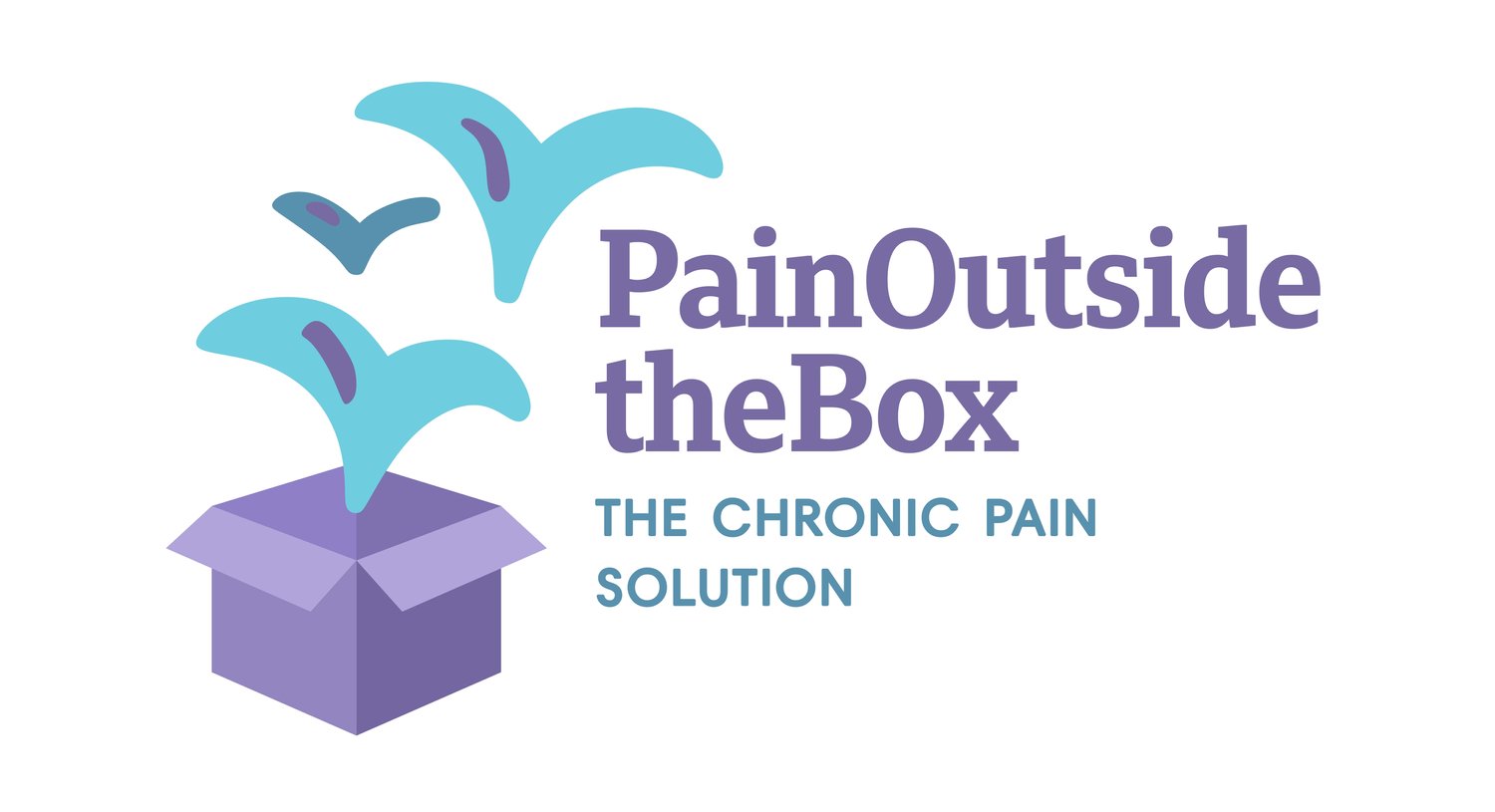Is Trepidation blocking your TMS recovery?
Fear is such a powerful emotion that nobody can completely escape; whatever goal we’ve set ourselves, there it comes, that voice ‘reminding’ us that we may be about to make things worse, that this, that or the other thing may happen and that we may be better off as we are, after all. In the case of chronic pain caused by TMS, many mindbody practitioners (I included) agree that fear plays a crucial role in keeping people stuck with pain, as this emotion is responsible for strengthening the pain pathways in the brain and for keeping us stuck in that vicious pain cycle! Yet when I started to coach clients, I came across those who claimed that they weren’t really afraid of pain - they were just annoyed with pain, and just wanted it to be over so that they could lead a normal life. That’s when I started to uncover the different manifestations of fear, with the most common one being trepidation.
How Trepidation becomes habitual
If you’ve got TMS, you may be expressing trepidation by being too careful with something, or by avoiding an activity in order to prevent the onset or worsening of pain. I often notice that TMSers who claim not to be afraid of pain still adopt trepidation as part of their everyday habits, without realising that this is still being fuelled by fear, mostly fear of re-injury or of making the pain worse. Unfortunately, in people who have already educated themselves very well on TMS and done their self-awareness work, trepidation may be the only stumbling block obstructing their progress.
A classic example of trepidation in TMSers would be carefully planning their day to day activities in order to prevent pain flare-ups, for instance doing all their physical activity in the morning, because they expect their pain usually gets worse in the evening. Another example is simply using the affected area too cautiously, by moving it slowly, monitoring every sensation in the area; in short, being hypervigilant. Trepidation creates additional tension and pressure within us, and because most of it happens unconsciously, we may think that we are not afraid. Yet the truth is that trepidation can only be fuelled by fear. And in people with TMS that fear stems from the possibility of pain getting worse.
Conflict with the TMS diagnosis
When someone accepts the TMS diagnosis as postulated in Sarno’s 12 daily reminders, he or she is essentially accepting that their is no structural reason for the pain. On a conscious level, this may be what the sufferer believes in, and yet, through his trepidation, he may be acting in conflict with this belief. Trepidation sends the message to the brain and body that there may still be some amount of danger in movement or in certain activities, and reinforces the belief that pain can get worse by these movements. For as long as the sufferer fosters trepidation, he cannot embrace the TMS diagnosis with his whole self, but behaves as a conflicted being. On the one hand he or she acknowledges that his or her pain is likely to be TMS, and on the other hand believes that movement is harmful. The latter belief keeps strengthening the neural connections in his brain between a particular movement and the resulting pain.
Overcoming trepidation takes courage!
The counter-argument to this may be that certain movements really are painful, even if the individual knows that it’s only TMS - you can’t hide the fact that it’s painful! It is only natural to shrink away from pain, to try and avoid the worst of it, isn’t that right?
If you are sure that you’re suffering from TMS, what I’m about to mention next is crucial to your recovery. Successful TMSers are those who have been able to face their pain without fear and trepidation. If you’ve read Steve Ozanich’s book, The Great Pain Deception, you may remember the story of how he used to force himself to keep going, to do certain movements despite the pain. At one point he also resorted to jumping forcefully on the painful limb as a way of ‘proving’ that he was no longer afraid, as a way of breaking the fear barrier. It hurt a lot in the beginning, until his brain got the message that he wasn’t afraid of pain anymore. These actions take incredible courage.
I myself can pinpoint almost the exact moment of my full recovery to the day when I broke into a run. I had been seeing considerable progress as I worked through a TMS program, but I still had pains here and there, especially towards evening. One summer night, as I was walking through my village, I realised that I was still afraid of running - that I had resumed all activities but running. That’s when I had the idea to break into a run - as a way to stop all forms of avoidance strategies. By that time I was so confident in the TMS diagnosis, that it didn’t hurt at all (it was only a run of a few meters, because I was severely out of shape!) From that day on, my sciatica and pain disappeared completely - I had broken the final barrier.
So, if you find yourself wondering what’s keeping you from recovery, ask yourself the following questions: are there some physical activities that you still avoid because you are too afraid of the consequences? Are you being too careful and watchful of the pain area? If you’ve answered yes, then you’re going to have to find the right moment to face your fears.


